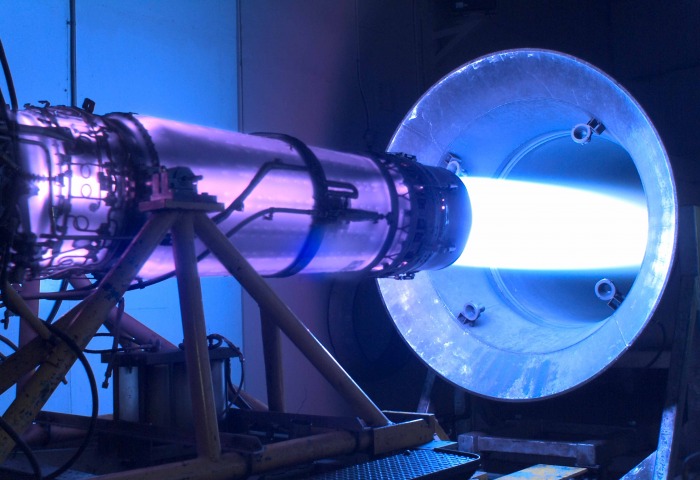
We study how materials respond to extremes in energetic fluxes, thermomechanical forces, chemistry, and electromagnetic fields.
We use diamond anvils or large lasers to create high pressures, liquid He cooling and laser heating to change temperatures, and X-rays, neutrons and optical spectroscopy to study how the structural organization of materials change.
Understanding our observations is aided by computational simulations, using methods such as electronic structure calculations, classical and quantum molecular dynamics.
Metamaterials are artificial electromagnetic media that are structured on the subwavelength scale.
They provide optical properties that can be reproducibly shaped on length scales below the wavelength of light.
Metamaterials that are not found in nature can be endowed with entirely unexpected properties.
Although most work so far focused on microwave frequencies, the principle of metamaterials may be most promising at much higher frequencies, at optical frequencies, or in the Tera-Hz region.
Metamaterials attract great interest, as they promise revolutionary ways to manipulate electromagnetic radiation such as microwaves.
For example, suitably structured metallic metamaterials were found to bend light with a negative refractive index, to permit subwavelength confinement and control of light, and to enhance the interaction of light with matter.
The interest is currently shifting towards achieving tunable, switchable, nonlinear and sensing functionalities.
Metamaterials can assume certain characteristics defined “extreme” (parameters, structures, etc,), and have the potential to shift the paradigm of space exploration, enabling numerous low cost and high speed missions to be launched anytime and anywhere, and then they can be used in extreme environments.